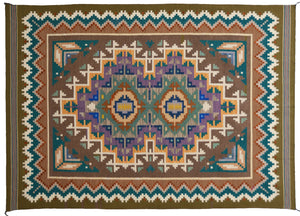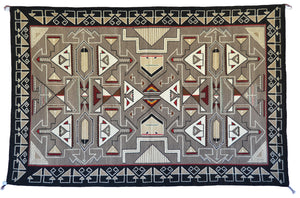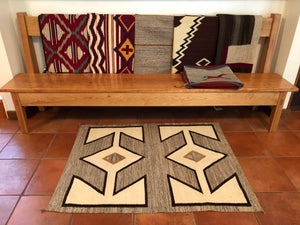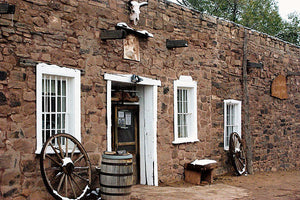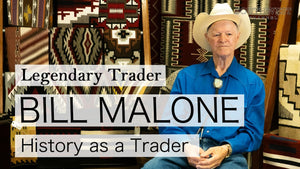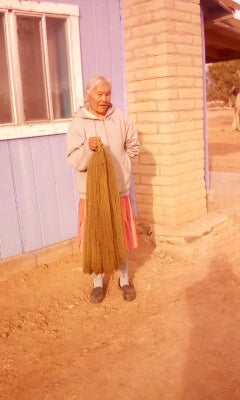Chief Blankets, 1st, 2nd and 3rd Phase

Chief Blanket : Late Classic : 2nd / 3rd Phase Variant : Navajo Weaving : JV 113 : 56" x 76"

Chief Blankets circa 1700-1900, 1st, 2nd and 3rd Phase
One of the most iconic weavings in American history, Navajo Chief Blankets were a distinguished status symbol during the 19th century.
Traded and prized throughout the Southwest and Great Plains, these gorgeous weavings were not only valued for their horizontal stripes of rich Cochineal reds, Indigo blues and deep blacks, but because of their supreme quality.
Often worn across the shoulders of a Chief, clan leader or men and women of prominent social or financial status, these Navajo wearing blankets were tightly woven to shed water and to keep you safe and warm during cold, rainy and snowy seasons.

Below are the three distinct phases in which Chief Blankets are separated due to their style, color, and weaving patterns:
First Phase Chief Blankets: 1700-1840s
The “Ute” style or First Phase hail from the classic period of Navajo life. A simplistic version adopted from Pueblo wearing blankets, narrow horizontal bands of rich, natural dark browns and blacks, these chief blankets were woven with white churro sheep wool yarn. They are also known for their unique indigo-blue or red raveled yarns that were sourced from dyed English baize trade cloth.
Second Phase Chief Blankets: 1840-1860
The second phase of the Chief Blanket moved quickly over the next 10 years. And while it was sandwiched between phases 1 and 3 . This style saw weavers adopt smaller design elements with rectangles and horizontal bands; often in a 12-spot position format. In essence, weavers were placing these new elements on “top” of the phase 1 style, creating a background effect that made each blanket stand out with more vivid color and style.
Classic Third Phase Chief Blankets: 1860-1868
The third and final phase was the shortest of them all, lasted just 8 years. These new designs featured elements in a “9-spot” design that covered the top, middle and bottom of each blanket with new, exciting patterns. Based on the weavers’ discretion or style, different shapes would begin to take hold with rectangles, squares or even diamonds becoming central figures.
Blankets woven after 1868 are referred to as Late Classics, later giving way to the Transitional Period of the 1880s and 1890s.
Sitting high on the neck and draped around the shoulders, these prestigious items commanded a respectable price even during the era because of their use of costly raveled Bayeta cloth and Indigo dyes.
What’s more, weavers sometimes took up to a year to weave each one, making them as rare as they were functional and beautiful. This mean that you could see a single wearing blanket in the 1860s command $50-$60 in gold or a great many horses; thus, the designation, Chief Blanket.
Today original Chief Blankets remain a one of the Navajo’s most sought after pieces for collectors all over the world. And even those made today are valued for the high-quality weaving precision, gorgeous colors, and iconic design.
- Beth Barth

